African American History in Kendall County – Boerne “Flats”
by John Benedict
People have asked me, about the history of the African Americans that moved into the area of Boerne known as “The Flats” and what happened to them? I will tell you what I know of the lives of these first African Americans in Kendall County. They began moving off their farms and into the Boerne Flats about 1900. Most of those who moved to the Flats were from the Freedom Colonies here in Kendall and nearby counties. (read more)
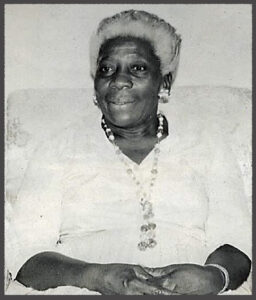
An English Architect in Kendall County
Alfred Giles, Architect (1853-1920) Part I
by Myrna Flach Langford
By appearance and reputation it would seem, at first glance anyway, that it was an easy life for architect Alfred Giles. Should you meet him in late 1800s perhaps on a street in Comfort near the Faltin building or in Boerne near the old Kendall County Courthouse, where he would later oversee its new façade design and expansion, he would seem a privileged gentleman of means and talent. You most certainly would have heard of his reputation for the fine architecture of countless Texas courthouses, military facilities, and San Antonio’s King William area mansions, as well as his large homestead, Hillingdon Ranch in Kendall County . . . (read more, pg 7-9)
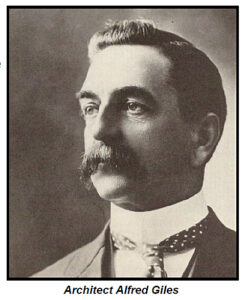
Wren Cemetery, A Historic African American Family Graveyard in Kendall County, Texas by John H. Benedict (2019)
The Wren Cemetery is a Historic African American Cemetery with over 122 grave sites representing more than 30 different African American family names from Kendall and the adjoining counties. Slightly under two and a half acres in size including an access road, the Wren Cemetery served as the family burial ground for a community of families living on their own adjoining homesteads in the late 1800’s after they were freed from enslavement. These properties formed a somewhat isolated, 600-acre community, which I will call the Wren Freedom Colony . . . (read more)
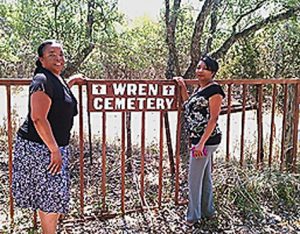
Point Typology by John Benedict (2018)
Archeologists have grouped points into types, that is, points that have similar attributes: e.g., shape, notching, flaking style, stem beveling, barbs, edge grinding, edge workmanship, serrations, etc. Typology is defined as placing artifacts into specific types according to similar patterns of attributes. When we collect artifacts from a site, we return with them to the lab and type them, that is, place them into groups based on their similar attributes. This does several things for us . . . (read more)
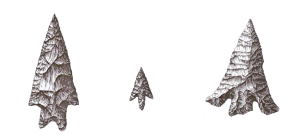
Mystery of the Corner-Tang Knives by John Benedict (2014)
This artifact, known commonly as the “Corner-tang Knife” or “Corner Tang”, or just a “tang”, is much sought after by collectors. It was named for the unusual tang typically located on a corner or side of this knife blade-like artifact (see figures below). The corner tang was made in a wide variety of shapes, and the tang can be found at the base of the knife, the side, or even in the middle—it was also modified as a drill. (read more)
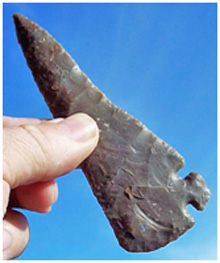
Types of Artifacts & Use Wear by John Benedict (2013)
Article sections include information on Types of Cultural Artifacts Found, Types of Chipped Stone Artifacts Found, and How to Identify Used Artifacts. (read more)
Stories in Stone, LITHIC ARTIFACTS MANUAL by John Benedict (2012)
Stone artifacts, known as lithics, are some of the most interesting and archeologically important artifacts you can find in the field while searching for prehistoric archeology sites. In this training section, you will learn where Texas Indians obtained stone to make stone tools, how they were made, what they were used for, how old they are, and what they tell us about how and when Indians lived in the Hill Country. (read more)

